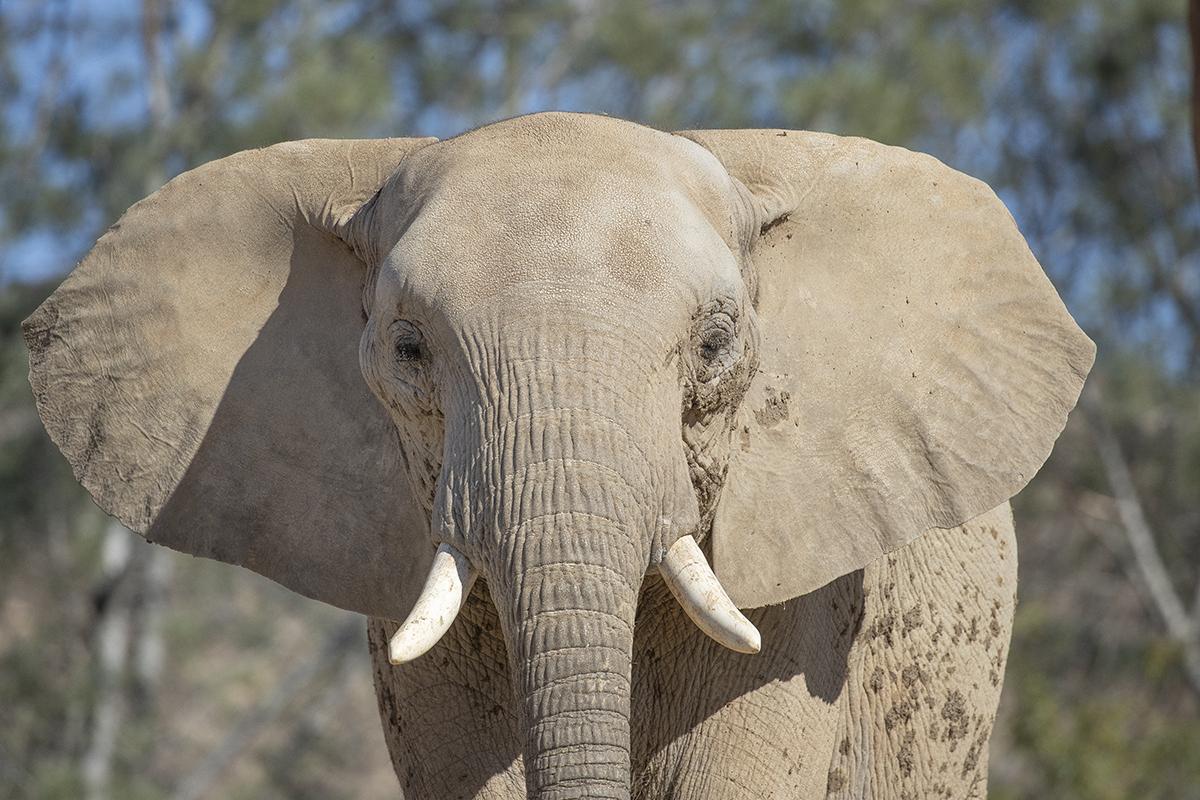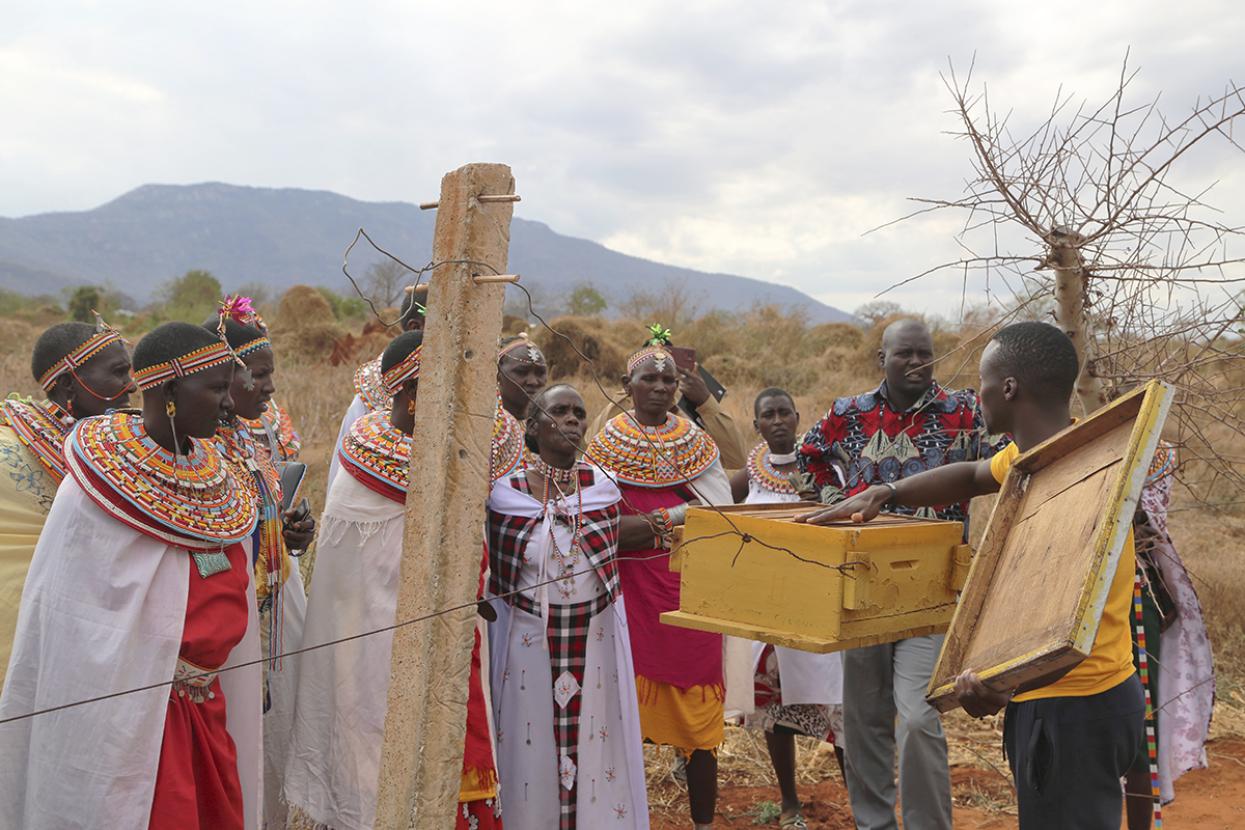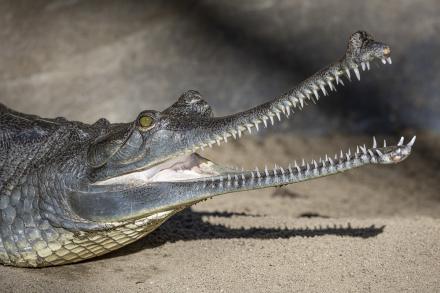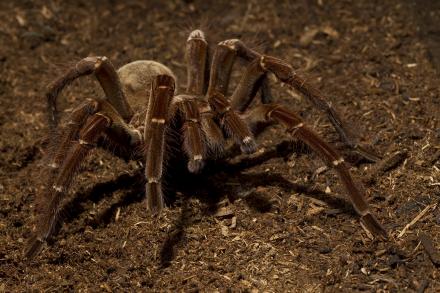
When savanna elephants were recently uplisted from vulnerable to endangered, the International Union for Conservation of Nature’s Red List of Threatened Species cited the rise of human-elephant conflict as a major threat to populations across range countries, tied closely with habitat fragmentation that brings human and wildlife populations into more frequent contact. One area experiencing this upward trend in human-elephant conflict is northern Kenya, where San Diego Zoo Wildlife Alliance has been supporting and coleading conservation efforts for several years. Much of our past work in the region has spanned Loisaba Conservancy and the adjacent community areas, including Naibunga Lower Community Conservancy in Laikipia County, where we have been assessing population and distribution patterns of wildlife species and working with people toward human-wildlife coexistence on community lands. As our relationships with these communities and conservancies have strengthened, discussions of opportunities to expand our collaborations have focused on encounters with elephants and the threats to human livelihoods and safety—and by extension, elephant safety—such encounters pose. It became clear that addressing the biggest threats to elephants in the region would mean addressing human-elephant coexistence.
Sharing Space and Resources
So what is meant by coexistence? More and more in recent years, conservationists have recognized the importance of reducing human-wildlife conflicts. These often arise when animals pose direct or perceived threats to human safety or property—sometimes leading to killing of wildlife—and are frequently linked to broader conflicts among people around how nature should be valued or managed. As the concept of coexistence has developed, it has become clearer that to coexist does not mean to live in the absence of conflict. People and wildlife interact in complex and dynamic systems, so as inevitable conflicts fluctuate, one way to consider coexistence is not as an end goal, but rather a practice. This certainly means that human-wildlife coexistence is shaped by contextual factors, the people involved, and a commitment to adapt conservation strategies over time. In pursuing coexistence within Naibunga, understanding the conditions that shape human-elephant interactions has been critical to integrating the lived experiences of community members with a process to choose, test, and evaluate any interventions.
Naibunga and Loisaba Conservancy are a part of the larger Laikipia/Samburu savanna ecosystem, which experiences biannual wet and dry cycles. The dry cycles can be extreme in severity and therefore cannot support large-scale agriculture in most parts of the ecosystem, but they can support pastoralism—societies dependent on livestock herding. Laikipia/Samburu hosts the second largest elephant population in Kenya and its largest population to range primarily outside of governmentally protected areas. Because of the extremes in seasonality, widespread movement of wildlife, livestock, and herders to track seasonally variable resources characterizes the region. As such, the conservancies that connect the landscape are essential for elephants and other wildlife dependent on frequent movement, and Naibunga is home to a well-worn corridor that contributes to ecosystem connectivity for the region's wildlife.

Sharing Strategies: Participants in a human-elephant conflict mitigation workshop examine a beehive fence designed to deter elephants from crops.
Photo by Kirstie Ruppert, Ph.D.
Community Planning
In pastoralist landscapes, encounters with elephants can occur at fixed points similar to those in agricultural landscapes (for example, kitchen gardens, water points, and acacia trees), but they may also occur at less spatially or temporally predictable locations (for example, while herding livestock, gathering firewood, or walking to/from community sites like clinics and schools). Addressing human-elephant conflict always requires tailoring to local contexts, priorities, and resources. Opportunities to learn from successful interventions elsewhere are constrained by a smaller evidence base available for cases within pastoralist communities compared with what’s available for agricultural settings.
The people of Naibunga Lower Community Conservancy have lived with elephants for a long time and have developed their own strategies for mitigating and avoiding conflict. Our role in getting involved has been to help tailor and scale efforts to address human-elephant conflict, to connect community members with resources and networks that might benefit their interventions, and to contribute to an evidence base for human-elephant coexistence in pastoralist landscapes. As such, we began by conducting participatory mapping exercises, focus group discussions, and interviews with individual community members to develop a shared understanding of the range, distribution, and intensity of conflicts experienced in the area; individual and community priorities for addressing conflicts; and the types of solutions already deployed. These efforts are guiding our next steps.
Because coexistence depends on the ability of those living with wildlife to adapt in a dynamic space, we have focused efforts over the last year and a half on connecting Naibunga community members and Loisaba conservation staff with knowledge and training within the wider elephant conservation world. One recurring program we have invested in has been Trainer of Trainers workshops held by our partner Save the Elephants, which familiarize participants with Save the Elephants’ Human-Elephant Coexistence Toolbox and walk them through their mitigation demonstration sites in southern Kenya. The Toolbox compiles a range of mitigation strategies for different contexts where humans and elephants may encounter one another, with articulation of associated cost, labor, and troubleshooting trade-offs. Additionally, the Toolbox places emphasis on safe behavior around elephants and reading elephant behavior to assess levels of risk. Three cohorts from Naibunga/Loisaba have now attended the Save the Elephants training and will now serve as resources for their home communities. Loisaba conservation staff are adapting elephant safety and behavior curricula for different community audiences as a result of their training, and plan to conduct a series of meetings to share these lessons.
Support Network
We have also focused on other growth opportunities for community members over the last couple of years to strengthen their adaptability to human-elephant coexistence. These include tours of local human-elephant conflict interventions near Buffalo Springs National Reserve with Save the Elephants, women’s conservation forums to connect the network of women’s conservation groups across the region so they can learn from one another and leverage collective strength, and an exposure tour for members of a local community-based organization, the Chui Mamas, to exchange with established women-led sustainable enterprises in southern Kenya.
Our next steps will continue to strengthen multiple levels for resilience in the communities living with elephants: knowledge and behavior, household-level deterrents outlined within the Toolbox, and collective strategies (such as school walking route planning for children’s safety) as prioritized by participants and those they represent. We aim for these pathways to contribute to coexistence by building capacity and a trusted process to reflect on and adapt these efforts, increasing opportunities for people and elephants to live securely in these spaces.




